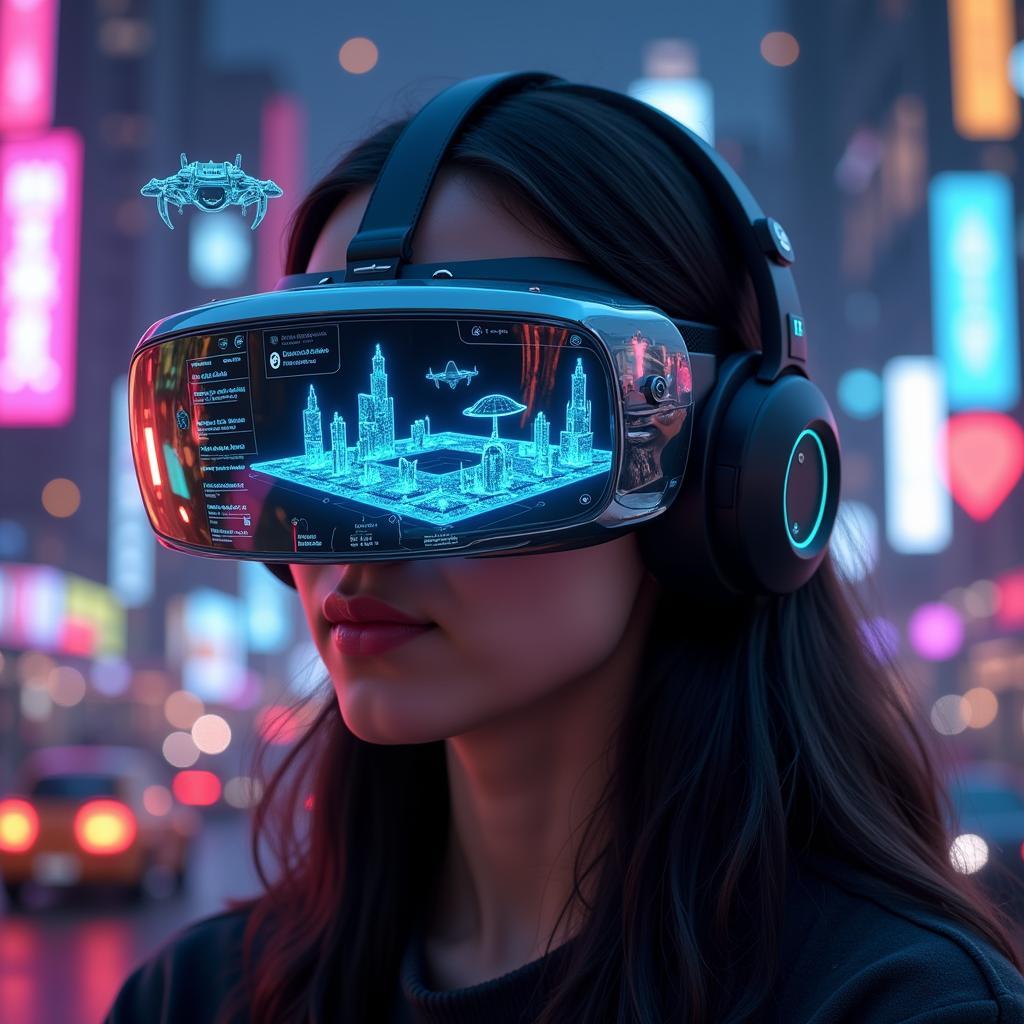The world of gaming constantly evolves, pushing technological boundaries to deliver ever more immersive and engaging experiences. One such innovation poised to revolutionize the way we interact with games is the Holographic Dash. This groundbreaking technology projects a three-dimensional interface directly into your field of vision, blurring the line between the virtual and real.
What is a Holographic Dash?
Imagine a heads-up display taken to the next level. Unlike traditional HUDs confined to a screen’s corner, a holographic dash surrounds you. Imagine critical information like health bars, maps, and weapon stats appearing as floating 3D holograms within your gaming environment. This technology aims to create a seamless and intuitive experience, freeing players from the limitations of a flat screen.
How Does Holographic Dash Work?
While still in its early stages, holographic dash technology relies on a combination of advanced projectors, sensors, and software. Depth-sensing cameras track the player’s position and eye movements, allowing the system to adjust the holographic projections in real-time. This ensures that the interface remains clear and interactive regardless of the player’s movements.
Advantages of Holographic Dash in Gaming
The advent of holographic dash technology holds the potential to transform gaming in several ways:
- Enhanced Immersion: By seamlessly integrating information into the game world, holographic dash minimizes the need to break immersion by glancing at a separate screen.
- Increased Situational Awareness: Players can access critical information instantly and intuitively, leading to improved tactical decision-making, especially in fast-paced action games.
- Improved Accessibility: Holographic dash technology can be adapted for individuals with disabilities, offering customizable interfaces and control schemes.
 Holographic Dash in Gaming
Holographic Dash in Gaming
Challenges and Limitations
Despite its immense potential, holographic dash technology faces a few hurdles:
- Technical Complexity: Developing accurate and responsive holographic projections requires overcoming significant technical challenges.
- Cost: Implementing this cutting-edge technology is currently expensive, potentially limiting its accessibility to a wider audience.
- Field of View: Striking a balance between a comprehensive holographic display and the player’s natural field of view is crucial to avoid overwhelming the user.
The Future of Holographic Dash
The gaming industry continues to drive innovation, and with time, these challenges are likely to be overcome. As technology advances and production costs decrease, we can expect holographic dash to become more sophisticated and widely available.
 The Future of Holographic Dash
The Future of Holographic Dash
Holographic Dash: More Than Just Games
The applications of holographic dash extend far beyond gaming. Imagine surgeons using holographic projections during complex procedures, architects manipulating 3D building models in real-time, or even everyday tasks like making video calls with life-sized holographic representations of participants. The possibilities are truly limitless.
Conclusion
Holographic dash technology represents a paradigm shift in how we interact with digital information, promising a future where the virtual and real worlds blend seamlessly. While still in its early stages, the potential for this technology to revolutionize gaming and beyond is undeniable. As holographic dash continues to evolve and mature, it’s only a matter of time before it becomes an integral part of our digital lives.





